We have had an unusually dry early fall, but November rains have finally roared in with force. I found some nice, forested areas up near Scappose with thick Doug Firs and gentle slopes. This seems to be the perfect micro-climate for chanterelles in my experience. They like to be moist, but still have good drainage.
Mushroom hunting gear is simple: weather-appropriate clothing, a small knife and a container for the harvest. It has poured on me the last couple weekends when I have been out mushrooming, so I wore knee-high rainboots, rain pants and my winter raincoat. I brought a small paring knife to cut the mushrooms from the ground (more on that later). My sister used a simple five-gallon bucket and I used my big harvest basket. They also make wearable baskets just for mushroom picking. The best container allows air to circulate freely.

A summer hike tipped me off to some perfect trails for fall mushroom hunting
Cutting versus pulling is an ongoing debate when it comes to chantrelles. It is important to cut other mushrooms, like morels, from the ground in order for them to continue to multiple and produce. Although the evidence is mixed on chanterelles, I cut instead pull the mushroom. It keeps them cleaner to leave the dirty base in the ground and I prefer to do whatever I can to increase mushroom growth for the future.
The best way to learn to identify chanterelles, or any other edible mushroom, is to learn from someone in person. A friend of mine helped me learn the basics and was a great resource for sorting the mushrooms with me after foraging. And remember: when in doubt, throw it out.
Don’t have a mushrooming mentor? Breitenbush Hot Springs hosts an annual Mushroom Gathering, which is a four day workshop that will teach you the basics on foraging. The Oregon Mycological Society also organizes events that can be helpful as well. There are several good books you can read and great online resources, but don’t rely on those resources alone. You really need an expert teaching you in person.
Look for a post coming soon about what I did with my harvest and how to preserve these tasty fall gems!
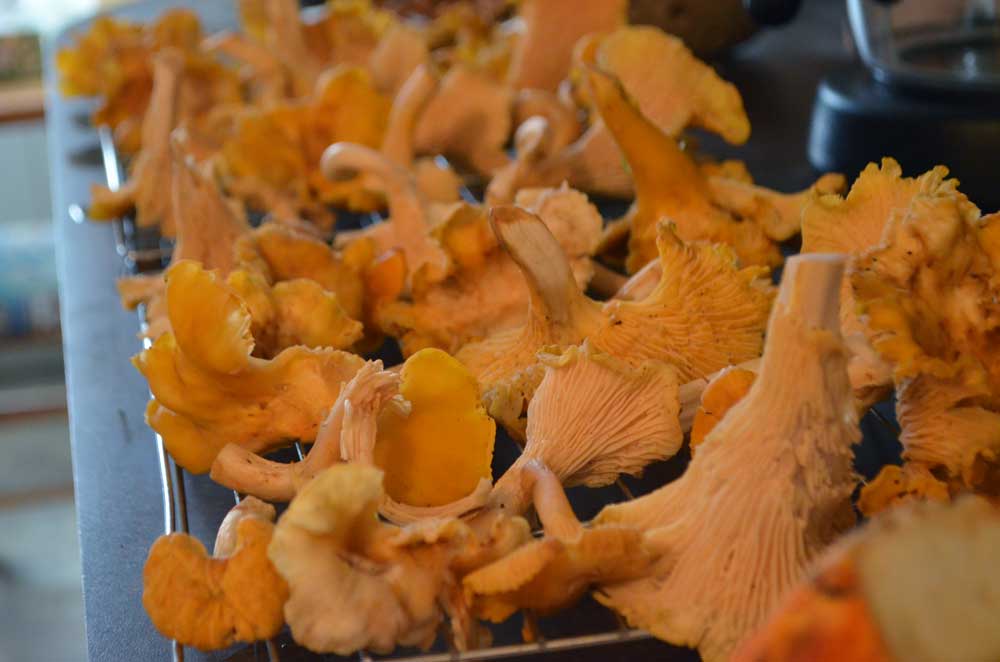
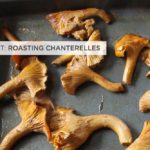
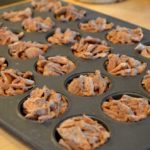
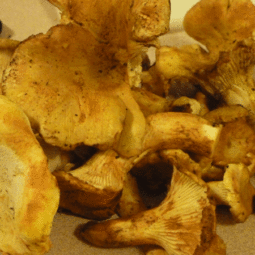
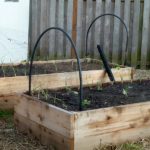

 This cluster was about the siz
This cluster was about the siz




 I start with a
I start with a

